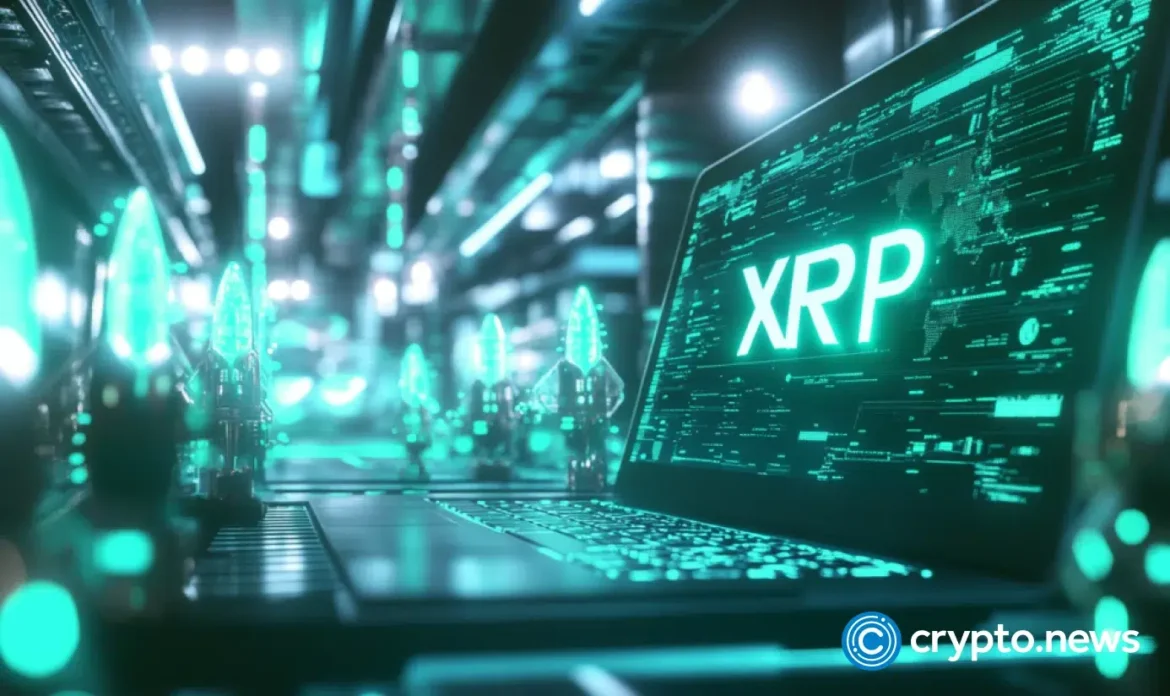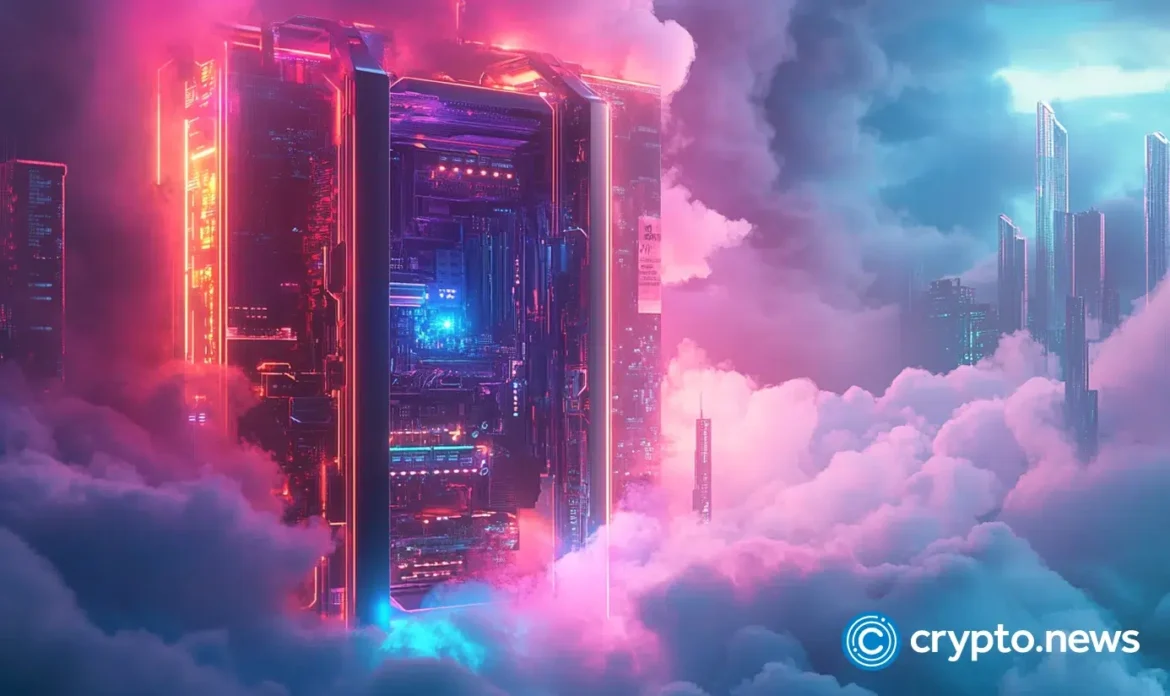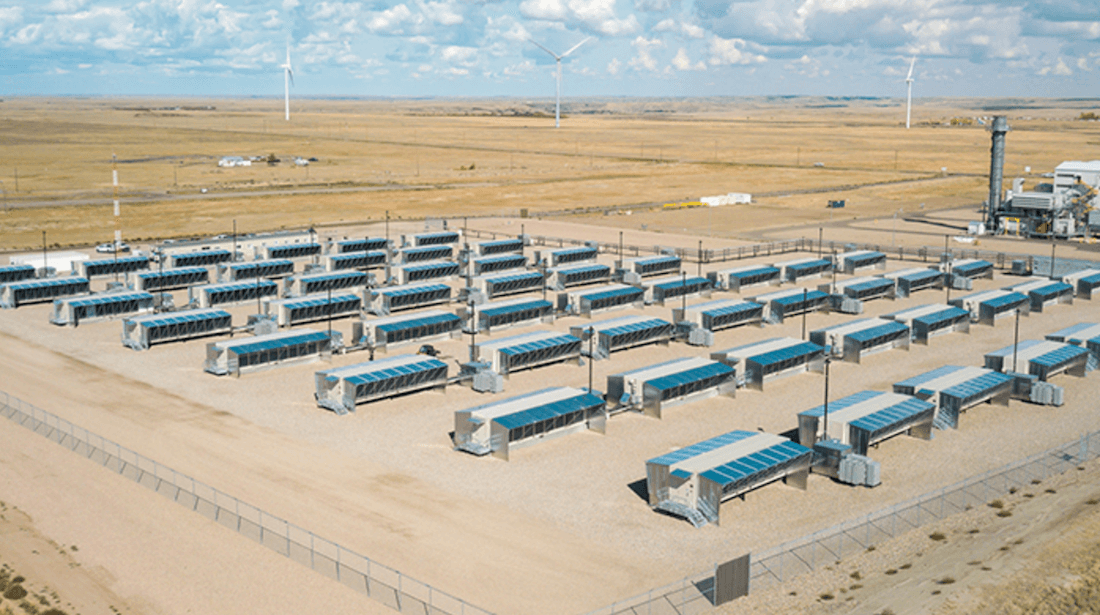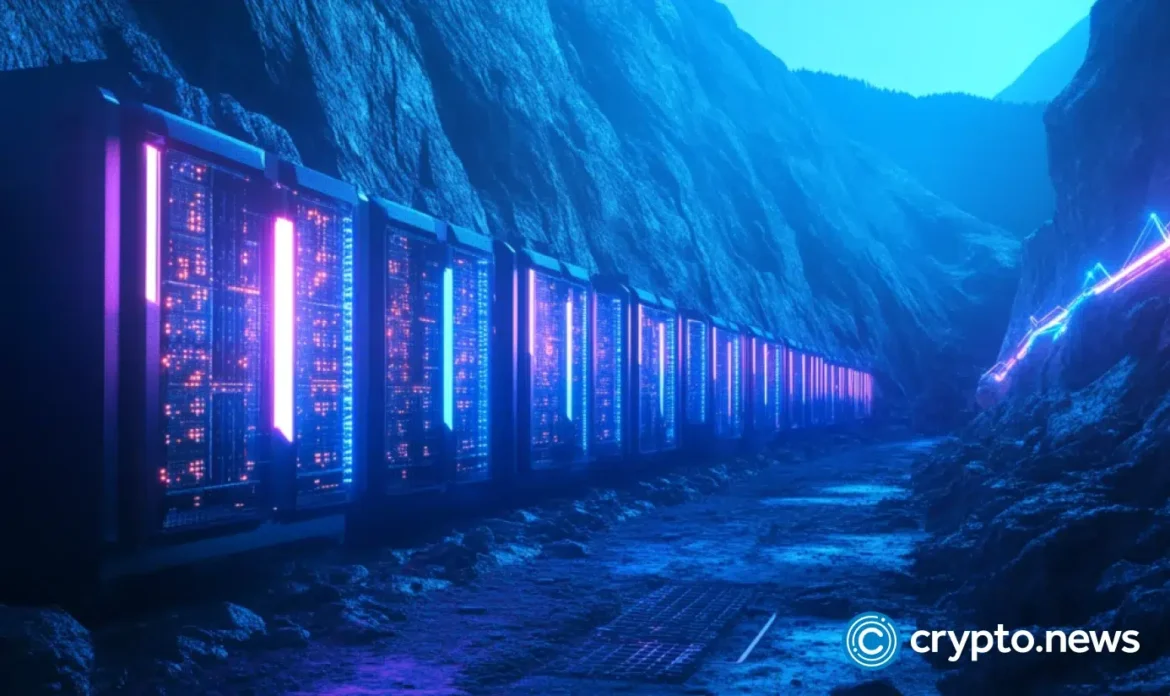In brief
- Trump-backed American Bitcoin jumped over 80% in its Nasdaq debut before quickly losing its gains amid multiple trading halts.
- Formed through mergers with Hut 8 and Gryphon Digital Mining, the firm, backed by Eric Trump and Donald Trump Jr, plans a $2.1 billion stock sale to buy more Bitcoin and mining equipment.
- The launch follows a wave of crypto IPOs boosted by the Trump administration’s pro-crypto policies.
American Bitcoin, a newly public Bitcoin mining and treasury firm backed by Eric Trump and Donald Trump Jr, raced out of the gate during its Wall Street debut Wednesday, surging briefly before falling back down to earth.
Within minutes of debuting on the Nasdaq, the stock, ABTC, pumped from $7.59 to $13.93, a leap of over 83%. It has since shed much of those gains, falling to $9.26 at writing. Even so, it’s up 34% on the day.
Along the way, the flashy debut certainly sparked excitement among traders, triggering seven separate trading halts on the Nasdaq, due to price volatility.
Just prior to Wednesday’s market opening, American Bitcoin also filed with the SEC to sell up to $2.1 billion worth of Class A common stock shares. The proceeds from the sale will be used to purchase more Bitcoin and Bitcoin mining machinery.
American Bitcoin formed when the Trump brothers merged their own business entity earlier this year with Hut 8, a Canadian Bitcoin mining firm. The joint venture, which Hut 8 retains an 80% stake in, then went on to combine with Gryphon Digital Mining via a stock-for-stock merger. Gryphon was already publicly traded.
American Bitcoin now seeks to operate as both a publicly traded Bitcoin treasury firm and as an active Bitcoin mining operation. The company currently owns 2,443 BTC, a sum worth $273.68 million at writing.
In recent months, digital asset companies have fared well in Wall Street debuts, in large part thanks to the exceptionally permissive regulatory environment fostered by the Trump administration with respect to crypto.
On Tuesday, two other prominent Trump allies, Tyler and Cameron Winklevoss, filed to take their crypto exchange, Gemini, public, with a target valuation of $2.3 billion. Gemini was previously the subject of a yearslong SEC lawsuit over its crypto lending program, until the Trump administration indefinitely paused the litigation.
Daily Debrief Newsletter
Start every day with the top news stories right now, plus original features, a podcast, videos and more.










